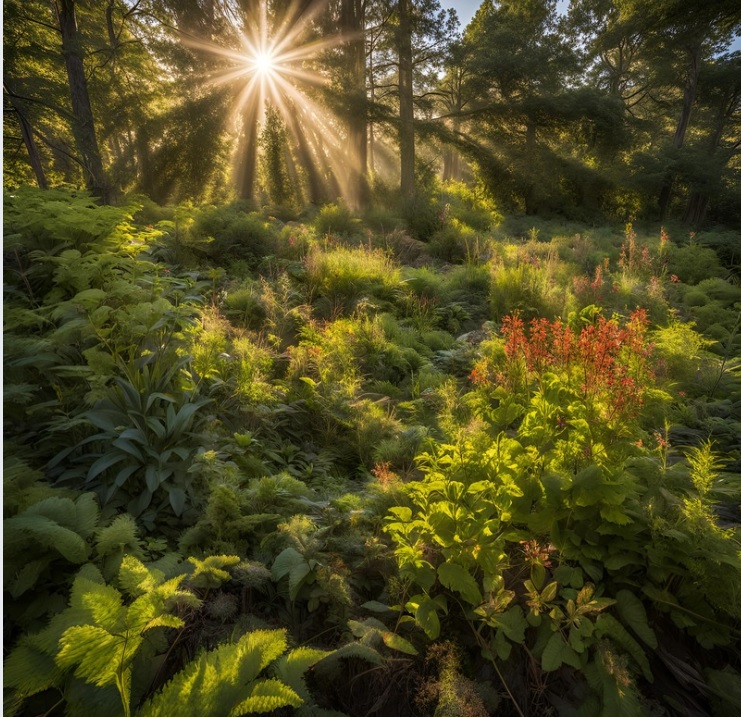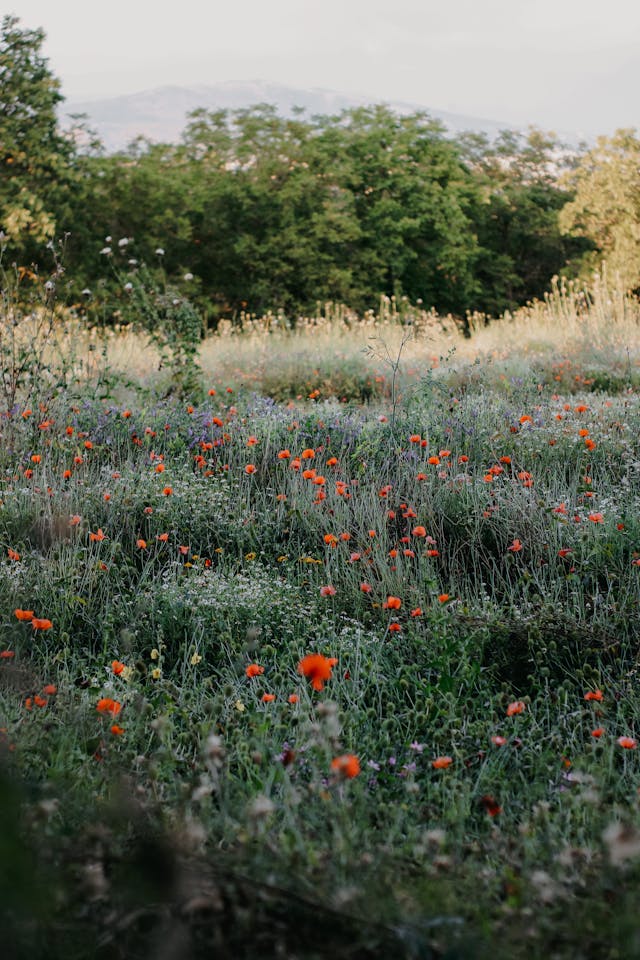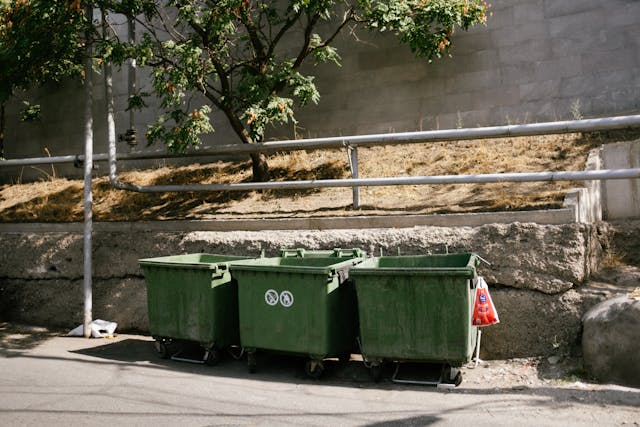Have you ever wondered why your garden is so challenging to maintain? Our gardens and landscapes are often filled with beautiful non-native plants but are usually difficult to maintain. These non-native plants may inadvertently be invasive, disrupting the local ecosystem and causing your garden to wither quickly.
Non-native species can crowd out native plants, leading to a decline in wildlife that relies on native flora for food and shelter. This imbalance threatens biodiversity, affecting everything from pollinators to small mammals and even soil and water quality.
All of these can be avoided by choosing native plants.
Here’s how you can support local wildlife and start a stress-free garden with the power of native plants.
Understanding Native Plants and Their Role in Ecosystems
Native plants have evolved to grow in a particular region over thousands of years, adapting their unique soil, climate, and wildlife. Unlike many ornamental or imported plants, native species form symbiotic relationships with local fauna, offering food, shelter, and habitat.
Native plants are essential to the survival of various wildlife, including pollinators like bees and butterflies, which are critical to agricultural and natural ecosystems.
Here are some benefits of native plants.
Enhance Wildlife Support
Native plants attract more local wildlife, including birds, insects, and small mammals, who depend on them for food and nesting materials.
Reduced Water Consumption
Because they’re suited to local conditions, native plants require less water, making them a sustainable choice in drought-prone areas.
Easy to Maintain
Native plants typically need fewer pesticides and fertilizers, as they’ve developed natural defenses against local pests and diseases, resulting in less environmental impact from chemical use.
Soil Health and Erosion Control
Native plants help anchor soil with a deep root system that prevents erosion and, in turn, fosters nutrient-rich soil that supports other plant life.
Selecting the Right Native Plants for Your Region
When incorporating native plants into your yard or garden, it’s crucial to choose species that align with your region’s climate, soil type, and native wildlife needs. Different plants serve varied purposes and support unique subsets of wildlife, so understanding your local ecosystem is vital to making the right choices.
1. Research Your Local Ecosystem
Native plant societies, botanical gardens, and environmental organizations provide resources and plant lists specific to your region. Look for guides that specify which plant benefits certain pollinators or birds native to your area.
2. Consider Plant Types and Functions
Native plants can range from flowers and grasses to shrubs and trees, each with unique roles in supporting wildlife. For example, milkweed is essential for monarch butterflies, while berry-producing shrubs like elderberry support birds and mammals.
3. Choose a Range of Bloom Times
For a garden that supports wildlife year-round, select plants that bloom at different times of the year. This approach ensures a continuous food source for pollinators and other wildlife, even in cooler months.
How Native Plants Support Local Wildlife
Native plants form the backbone of any healthy ecosystem. Their foliage, flowers, fruits, and seeds provide the proper nutrition for local wildlife, supporting a complex food web that includes insects, birds, mammals, and reptiles.
Pollinators
Pollinators such as bees, butterflies, and hummingbirds are among the most immediate beneficiaries of native plants. These species have evolved alongside native plants, forming a symbiotic relationship where plants offer nectar and pollen while pollinators help plant reproduction.
Many bee species are specialists, meaning they can only gather pollen from certain plants. Butterflies, on the other hand, rely on specific plants for their life cycles.
Birds and Mammals
Native plants are a crucial part of many bird and mammal diets. Shrubs that produce berries, such as serviceberry or elderberry, provide a steady food source. Birds rely on native plants for shelter and nesting materials, with dense shrubs offering safe places to hide from predators.
Practical Tips for Planting and Maintaining Native Gardens
Creating a garden with native plants involves a few key strategies to ensure it’s sustainable, low-maintenance, and wildlife-friendly.
1. Prepare the Soil Thoughtfully
Native plants are typically suited to the natural soil of their region and may not need added fertilizers or extensive soil amendments. However, if you have compacted or nutrient-poor soil, consider using landscape fabric to protect soil quality, prevent erosion, and keep out invasive weeds, which can compete with native plants for resources.
When paired with mulch or gravel, any thick landscape fabric can effectively suppress weeds while maintaining soil health. For more tips on installation and selecting the right fabric, explore trusted resources to ensure the best results for your garden.
2. Watering Needs
Native plants are generally more drought-tolerant than non-native species, but young plants may need watering in their first season to establish roots. After that, native plants often thrive on natural rainfall alone.
3. Use Companion Planting
Companion planting is the practice of pairing plants that benefit each other. For example, pairing groundcover plants with taller shrubs can create a layered landscape that offers wildlife food and shelter while preventing soil erosion and reducing the need for weeding.
4. Eliminate Invasive Species
Invasive plants can outcompete native species for resources, making identifying and removing them essential. Plants like English ivy or Japanese knotweed, common in many gardens, can wreak havoc on native ecosystems. Replace these with native options to encourage a balanced, sustainable garden.
To Wrap Up
Native plants offer a powerful way to reconnect with local ecosystems, support wildlife, and contribute to a more sustainable environment. Each region has its unique set of flora, creating opportunities for gardeners to cultivate beautiful and ecologically beneficial landscapes.
By understanding the symbiotic relationship between native plants and wildlife, individuals can take meaningful steps toward preserving biodiversity and creating spaces that support the natural world.





